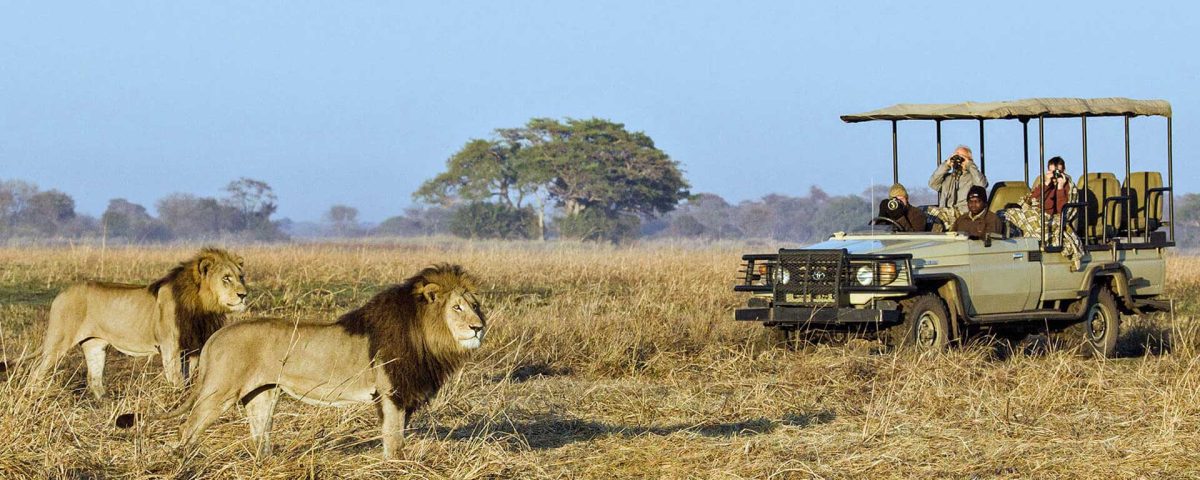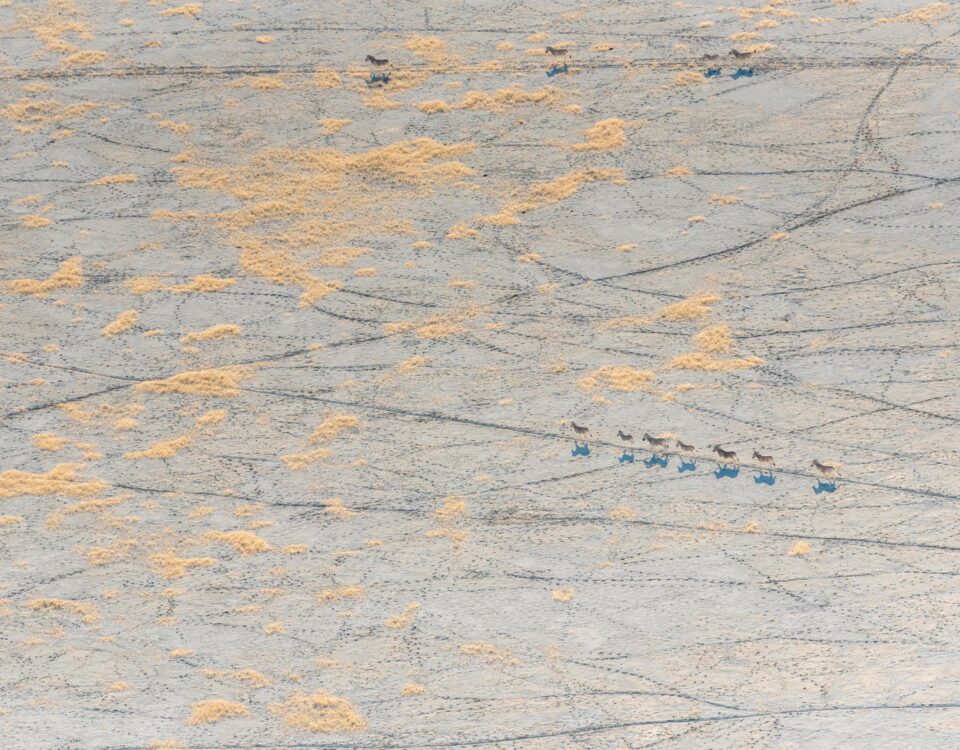
Conquering Namibia’s Matterhorn
May 13, 2016
The history of the Namibia Tourism Expo
May 20, 2016[vc_row][vc_column][vc_column_text]Main photo ©Wilderness Safaris[/vc_column_text][vc_column_text]
Nature conservation and a concern for the environment go hand in hand with providing memorable Namibian experiences at Wilderness Safaris’ Serra Cafema Lodge on the Kunene River, as well as at Kulala Desert Lodge and Little Kulala on the edge of the great ‘dune sea’ at Sossusvlei.
[/vc_column_text][/vc_column][/vc_row][vc_row][vc_column][vc_column_text]
O ver the past three decades, Wilderness has lived up to its goal of being ‘first and foremost a conservation company’. That said, the hospitality received by the thousands of guests who have visited Wilderness camps and lodges over the years is said to be equally acclaimed. The company’s focus is on the four Cs: commerce, community, conservation and culture. Uniting these elements involves building sustainable conservation communities where the culture of the indigenous people are celebrated, and where local communities benefit from having Wilderness properties as neighbours.
Serra Cafema, one of the most remote camps in Southern Africa, was carefully camouflaged to merge into the verdant environment along the Kunene River, on the border between Angola and Namibia. Guests arrive by aircraft and are then driven by a guide through dramatic scenery to the camp.
Winding wooden decking and footbridges blend into the albida trees lining the river, leading to eight discreet, raised canvas and thatch-roofed chalets. Inside, each chalet provides the ultimate in bush luxury, with living room, king-sized bedroom, dressing room, en-suite bathroom and a sprawling veranda, where hammocks and sofas entice guests to stretch out crocodile-style for an afternoon nap. The only sounds are the gentle rumble of the nearby river and the lilt of bird calls.
The ozonganda, or public area of the camp, offers indoor and outdoor dining, along with riverside sofas for sipping highly-rated regional wines, locally brewed beers or a refreshing rock shandy. As for meals, Serra Cafema’s chef, despite the challenges of provisioning a gourmet kitchen hundreds of kilometers from nowhere, conjures up cuisine that would be well received in any big city.
The ozonganda is the jumping-off point for various excursions offered by the camp, from the guided quad-biking over the dunes is a memorable experience. Animals in the area include gemsbok, springbok, and ostrich, and even crocodiles, which can sometimes be seen in the waters of the Kunene.
Guests at Serra Cafema are asked to participate in the Wilderness credo of sustainable tourism. Electricity and water are used sparingly. In fact, water for cleaning is collected in buckets and placed in each shower – this is a way to avoid wasting the cold water that runs down the drain before it becomes hot enough for bathing.
[/vc_column_text][/vc_column][/vc_row][vc_row][vc_column width=”1/2″]


About a thousand kilometers to the south of Serra Cafema near Sossusvlei are Kulala Desert Lodge and nearby Little Kulala. Overlooking the famous soaring red dunes, these two lodges use a private gate to enter the park directly. In this region, the desert landscape encompasses the dunes and mountains of the 50 000-square-kilometer Namib-Naukluft Park, as well as the 37 000 hectares of the private Kulala Wilderness Reserve, where Kulala Desert Lodge and Little Kulala are located.
At Kulala Desert Lodge twenty-three thatched kulalas (‘to sleep’ in Oshiwambo) offer a bedroom, bathroom en suite, a veranda, and a flat rooftop, where guests may use bedrolls to sleep under the stars if they wish. Three of the units are specially designed for families.
The main building gives guests the opportunity to enjoy a view of the dunes from the broad veranda, the dining room, and the bar/lounge with its huge fireplace. There is a secluded swimming pool, as well as a waterhole for game viewing. The cuisine is hearty and traditional, with beef and wild game, fresh vegetables, and imaginative desserts.
Multi-generational groups are welcomed.
Guests at Little Kulala enjoy the height of luxury in the desert. Each of the eleven climate-controlled kulalas was designed using textured neutrals, including beached-wood decks. Every kulala has its own personal plunge pool and private terrace. The creams, beiges and sand colours of the décor frame the spectacular view of the desert and vermillion dunes beyond. For stargazers, there is a flat roof, while bedrolls are offered for slepping or relaxing in the moonlight.
Linens, cottons and mohair fabrics dyed with natural vegetable ingredients add to the sense of serenity, as well as focusing attention on the ecology and environment.
The reception and entertainment area at Little Kulala is designed with unique bleached chandeliers and natural light, reflecting the desert atmosphere. There is a library, dining area, wine cellar, and craft boutique. The cuisine is sophisticated and creative; the wine is extensive.
Activities available for guests at both Kulala Desert Camp and Little Kulala include guided nature drives to the amazing dunes of Sossusvlei, nature walks in the desert, spectacular early morning ballooning followed by a champagne breakfast, and horse-riding in the desert.
In addition to the dramatic landscapes, visitors may see springbok, jackal, ostrich, and gemsbok roaming in the surroundings. Wilderness is happy to assist guests with transportation and devising itineraries that include lodges in various parts of Namibia. There are airstrips convenient for private aircraft and ground vehicles ready to take arriving and departing guests to and from the lodges.
www.wilderness-safaris.com
[/vc_column_text]



This article was first published in the 2012/13 issue of Travel News Namibia.
[/vc_column_text][/vc_column][/vc_row]


